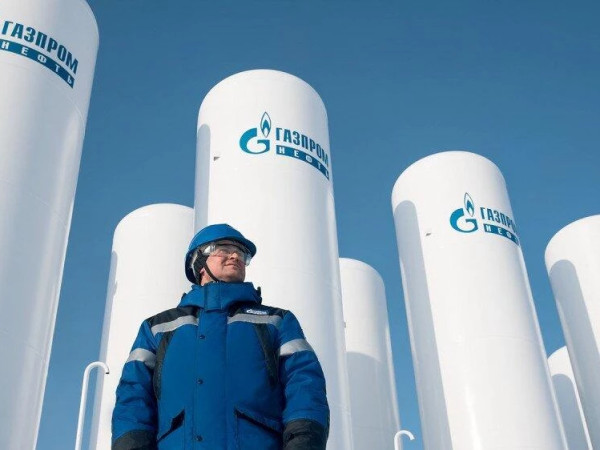State agencies have already received guidelines on how to reduce the room temperatures in order to save energy, while allowing officials to work-from-home one day a week is also being considered as another savings option, Minister of Public Administration Riina Solman (Isamaa) says.
Appearing on Tuesday's edition of "Terevisioon", Solman said: "We have already turned down the temperature at the 'super ministry' (the central Tallinn building which hosts several ministries - ed.) by a few degrees and pointed out that the room temperatures in the Estonian offices are too high."
"It had been on average 23-24C [and turning it down] brings a noticeable benefit," Solman went on, adding that a temperature of 19C would already bring savings, as would turning off heating and air con at weekends, when the building is largely devoid of civil servants and other staff.
Solman said that state institutions have also come up with the idea of energy saving and started to propose ideas themselves.
She said: "The state-owned firms have come up with ideas, since their budget was planned in August of last year, when this problem was not so serious. They will have to manage until the end of the year, but they are motivated to save."
A general guidelines plan has already been drawn up which will be tailored to the state institutions, since all institutions have a different character, she added.
"In cooperation with the Ministry of Economy and Communications and other responsible institutions, we will monitor all these things and commence with monitoring energy consumption, and make recommendations accordingly. In my opinion, the sign of a strong state is that all authorities have already come to terms with this and started implementing savings measures," she said.
"When putting together the guidelines, we cooperated with local governments, various state offices, and it is noticeable everywhere that the savings are already being implemented," the minister added.
Over the course of a year, seven million euros may be saved on heating bills, and seven million on electricity costs. "Of course, this 14 million is a theoretical number; everything will become clear during practice," Solman added.
Plan for a situation if energy costs become even more expensive than their already historic highs, Solman answered that in such a situation options of one home office day per week is being looked at.
"We have considered such things, but this cannot be an across-the-board guideline for all institutions. All our state offices are of a distinct character, while educational institutions and hospitals are especially vital, and places where I do not recommend introducing such extreme measures Whatsoever. But when and where people can work at home, they are actually very grateful for this opportunity," Solman said.
"I don't know a single person who wouldn't be interested in doing that, especially if it was the day before the weekend, when they themselves are motivated to work at home. But in the eventuality of a longer power outage, then life has to be rearranged accordingly.
Heating season in Estonia is traditionally taken to run from October 1 to March 31 inclusive, while the weather on either side of that period, and particularly soon after it ends, can also be chilly enough to require indoor heating, ERR reports.















